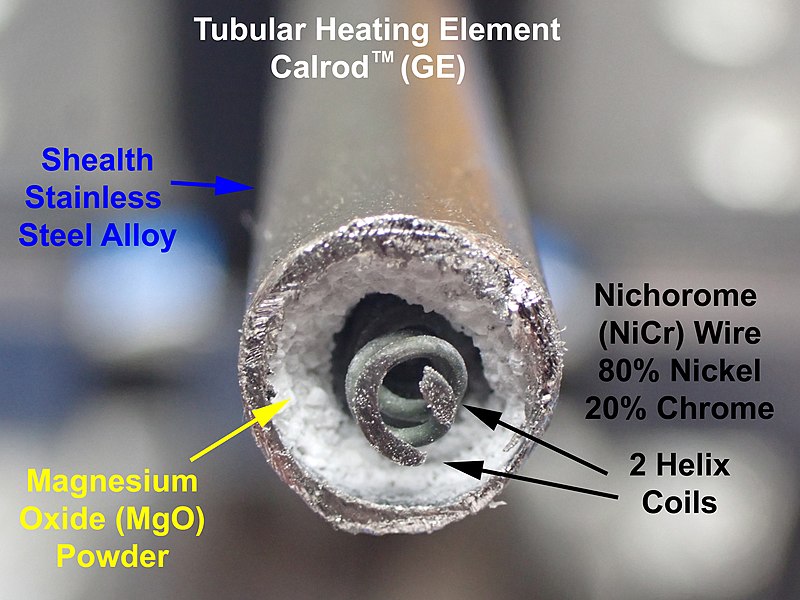I've got 5500W ripple element in my system. They are ultra low wattage density (ULWD) elements. These are the Camco "2963".
If your elements are not ULWD, or they are not ripple, or they are not long and folded back, I wouldn't do this. These elements are meant to survive a dry-fire event. If your elements gives up the ghost when you do this, sorry. It's worked for me for a while.
I tapped on the element at the end to show that the stuff just falls off after getting fried.
I sped the video up 5x.
If your elements are not ULWD, or they are not ripple, or they are not long and folded back, I wouldn't do this. These elements are meant to survive a dry-fire event. If your elements gives up the ghost when you do this, sorry. It's worked for me for a while.
I tapped on the element at the end to show that the stuff just falls off after getting fried.
I sped the video up 5x.
- Rinse off (for this video, I didn't do this; they were already clean, so I fired for a a few seconds to give them a nice layer of crap on them, then I fired again redhot and burnt it off).
- Fire at full power until it gets cherry red.
- Turn off.
- Let cool for at least 5 minutes.
- Hose off.
Last edited:



